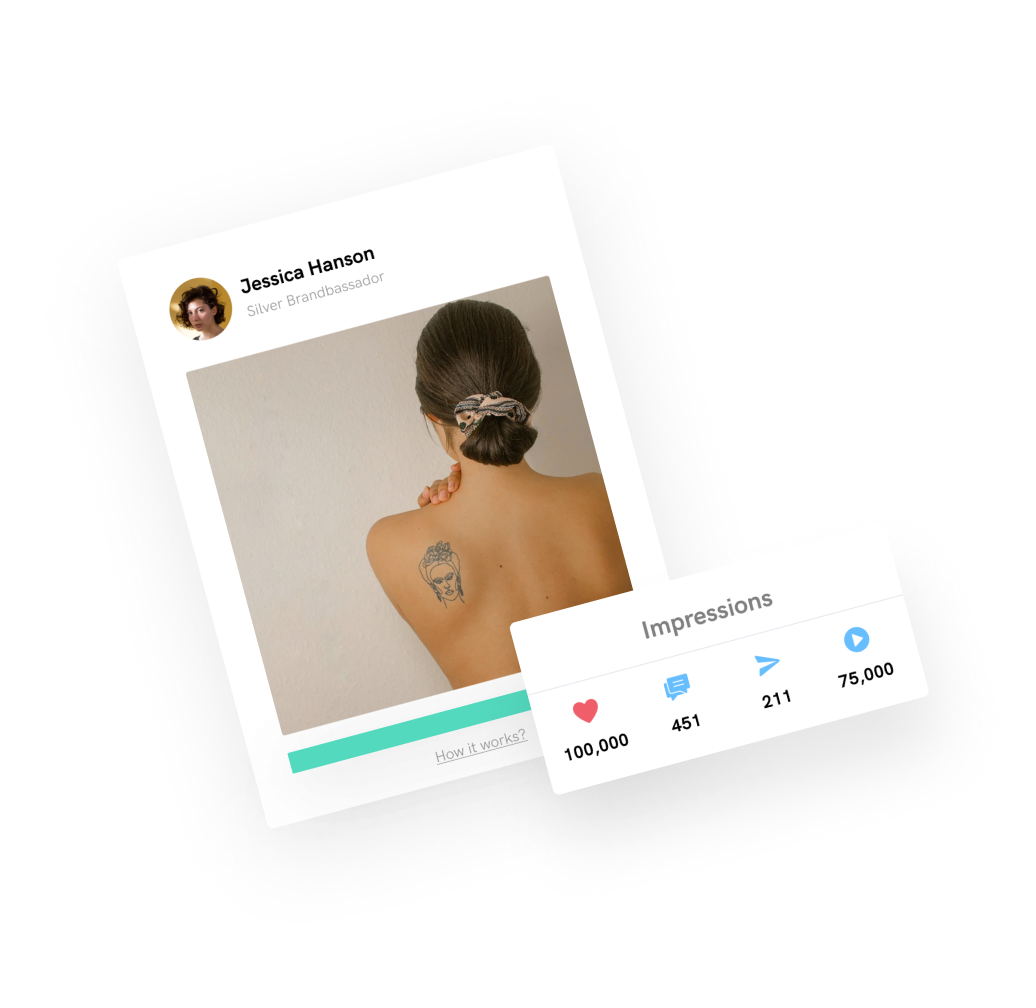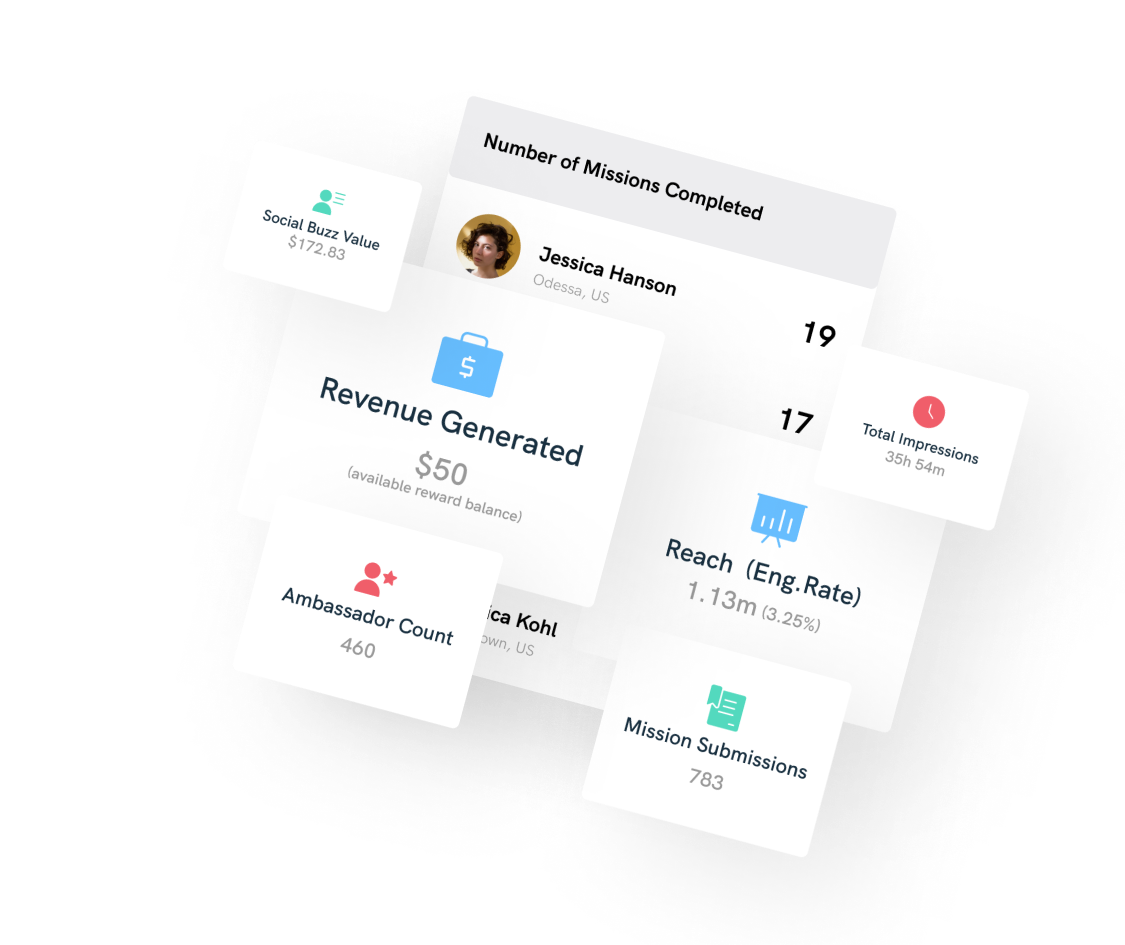Influencer recruitment is changing and brands need to be proactive to avoid disruption. Many brands employ third-party data collection to find and discover new influencer partnerships. Agencies and platforms use “Influencer Search Tools” to speed up the process for brands searching for influencers that fit their niche, location, and brand image. But these tools may soon be a relic of the past.
Third-party data is losing its rank among acceptable marketing practices. As consumer privacy concerns ramp up, major tech players are cracking down. Apple introduced their cookie-killing update in 2021, and Google is planning their update for 2024.
Now, Meta is in on the action. Recent updates to Meta’s terms and conditions for APIs mean that any companies integrating with platforms owned by the brand need to be using first-party data only. And the social super-giant is enforcing its terms with those who don’t comply, demanding they change their approach to data or forfeit integrations with Meta.
The End of Third-Party Influencer Recruitment
What is happening?
Without social media integrations, companies that provide tools or services to help brands run influencer marketing campaigns cannot link brand social accounts or collect performance data on posts created by influencers such as views, comments, and likes.
Now, any companies that integrate with Instagram or Facebook found to be connecting with creators through the use of third-party data - such as search tools that scrape social media accounts for data - will have their integrations removed.
This change recently hit influencer marketing platform GRIN. The company has long been praised for its extensive influencer search tool. Though it’s not the only software using third-party data to connect clients with content creators, it was the first notable company on the chopping block.
Clients of GRIN were surprised when the company suddenly eliminated search tool data on users for Instagram and Facebook. The brand released a post detailing the changes to the platform, stating, “we were asked to [make this change] by Meta in order to continue accessing Meta’s API. GRIN and all other companies in the creator economy have to comply with the terms of the major social networks. Any software vendor that doesn’t comply will face deactivation or worse.”
Who is at risk?
All agencies and platforms providing brands with third-party data on creators and influencers risk losing their integrations with Meta. This means that any brands using these services may lose the ability to integrate their influencer program with Meta's services. Such a loss could disrupt their program and not only cost them money but damage the influencer relationships they’ve worked so hard to build.
How does this change influencer recruitment?
Although this sounds like a major blow for brands using influencer marketing, it doesn't have to be. Many brands find that working with influencers recruited through cold messaging produces less impressive results than working with their true fans.
Word of mouth has been around long before social media. And it’s always been more effective coming from someone who genuinely loves and uses a product or service in their everyday life. In fact, part of GRIN’s statement claims that 87% of successful brand-creator partnerships on the platform have come from other recruitment methods - not their search tool.
Brands that recruit through other means such as social media posts, newsletters, post-purchase emails, and more, are able to build long-term, authentic relationships with their real customers and fans. They are already coming out on top of brands that primarily partner with influencers who have no prior experience with the brand.
In fact, partnering with influencers who’ve never used your products before could damage your reputation. 62% of surveyed Americans said that it’s unethical for influencers to promote products they don’t use themselves.
How to get ahead of the game
If you're using third-party data to recruit your influencers, it's time to restrategise. Transition away from any services you use that implement third-party data to help you discover creators or start using your own methods to recruit micro-influencers to your community. This protects you from a sudden change that leaves you scrambling.
Many social networks are starting to help brands connect and work with creators in-house. Meta’s Creator Marketplace, TikTok's Creator Marketplace, and YouTube’s BrandConnect are examples. While these are viable options that definitely won't get you dinged by the social channels, they do have limits.
Other options include influencer marketing management platforms. There are various platforms that are experienced in helping brands build and grow influencer marketing programs without using third-party data. However, this method does come with a price tag.
Running your program on your own is another option. Brands starting out often manually search through social media platforms. Although it can be time-consuming, it doesn’t come with additional fees.
Above all, brands need to focus on building a community of their already loyal customers. Tapping into the social influence of your consumers improves customer retention and provides valuable word-of-mouth marketing. With 92% of people saying they trust online recommendations from their family and friends, having everyday people promoting your brand is incredibly valuable. Perhaps, over time, the termination of third-party data to recruit influencers will be a blessing in disguise.









